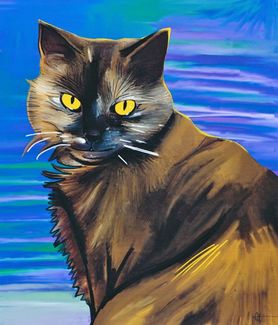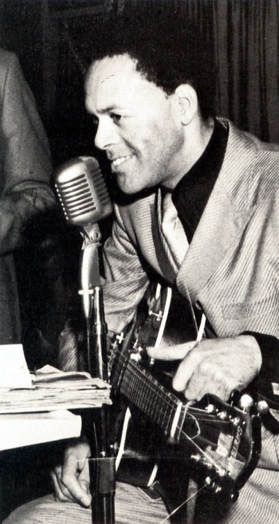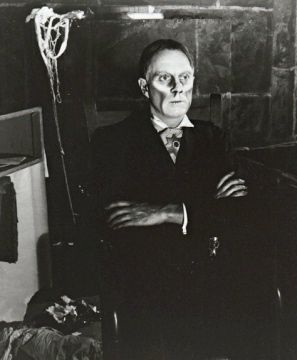
Gilberto released his first records in 1951. His father did not approve of Joao's choice of career and had him committed to a mental institution in 1955, though his stay there was brief. It was his 1958 hit "Bim Bom" and his 1959 album "Chega de Saudade" that launched the Bossa Nova style. His last original album was released in 2000 and he last played in public in 2008.




















 RSS Feed
RSS Feed

